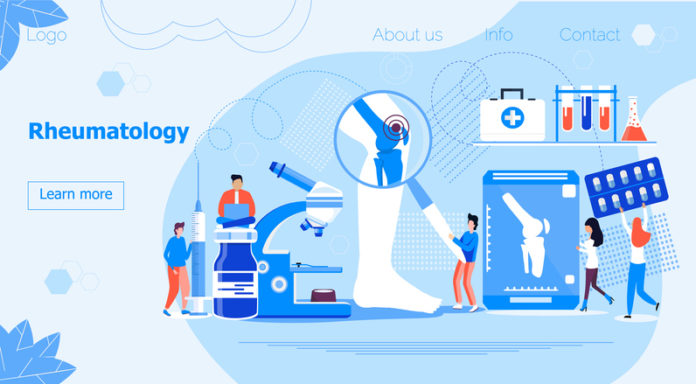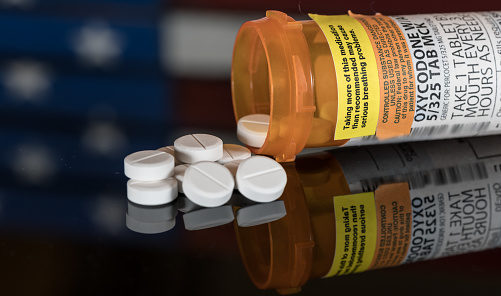More than two-thirds of female orthopedic surgeons reported experiencing sexual harassment during residency, according to a survey. Researchers shared a 12-question online survey with active and resident Ruth Jackson Orthopaedic Society members. A total of 250 women completed it, including current residents (n=51, 20%) and women currently in fellowship or practice (n=199, 80%). Overall, 68% of respondents (n=171) said they experienced sexual harassment during residency. There were no significant differences between current versus past trainees (59% [n=30/51] vs. 71% [n=141/199]). Sexual harassment rates did not differ by region: Northeast (65% [n=55/84]; reference) South (67% [n=36/54]), Midwest (75% [n=53/71]), and West (66% [n=27/41]).
A long-term registry study evaluating the effectiveness of infliximab, golimumab, and intravenous (IV) golimumab in RA patients found that the treatments were effective. Overtime, baseline disease duration, tender joint count based on 28 joints, swollen joint count based on 28 joints, Disease Activity Score 28, Health Assessment Questionnaire Disease Index, patient and physician global assessment of disease activity, C-reactive protein, erythrocyte sedimentation rate, and morning stiffness all significantly decreased. All disease parameters improved over the course of the study period. Adverse events rates per 100 person years were 105, 113, and 82.6 in the infliximab, golimumab, and golimumab-IV patients, respectively.
Human IgG1κ monoclonal antibody secukinumab used to treat patients with psoriatic arthritis (PsA), psoriasis (PsO), and ankylosing spondylitis was not associated with LTBI activation, according to a study. The study authors collected data from 28 clinical trials evaluating the use of secukinumab in PsO (n=17), PsA (n=5), and ankylosing spondylitis (n=4). For all 28 trials, they searched the Novartis Secukinumab Compound Pool Database. Eligible patients received at least one 150 mg or 300 mg secukinumab dose. Final analysis encompassed 12,319 patients. Upon screening, 684 patients (5.6%) tested positive for LTBI; over a five-year period, LTBI emerged as a treatment-related AE in 13 patients (0.1% of the total population). Of the patients who presented LTBI, about half previously tested positive for LTBI (n=6), and the rest were receiving a new LTBI diagnosis (n=7). Of the new diagnosis patients, four had PsO, two had ankylosing spondylitis, and one had PsA. There were no reported cases of active TB.
The COVID-19 pandemic does not appear to have significantly affected the disease course of patients with inflammatory rheumatic diseases including axial spondyloarthritis (axSpA), RA, or PsA, according to research. A total of 666 patients with axSpA (n=287), RA (n=248), and PsA (n=131) met inclusion criteria and were evaluated in the final analysis. The researchers observed a drop in the number of consultations (52%) but a significant increase in the number of remote assessments (129%). Medication nonadherence increased slightly from before to during the pandemic—the difference was statistically significant in the axSpA cohort, but the rates returned to pre-pandemic levels after the wave. No significant fluctuations were observed in patient-reported disease activity outcomes during the study period; a slight decrease was reported during the pandemic wave, which was statistically significant in axSpA patients. The difference in the rate of disease flares did not reach statistical significance at the three timepoints in the study. The study was published in the Annals of the Rheumatic Diseases.
Credit: Original article published here.










